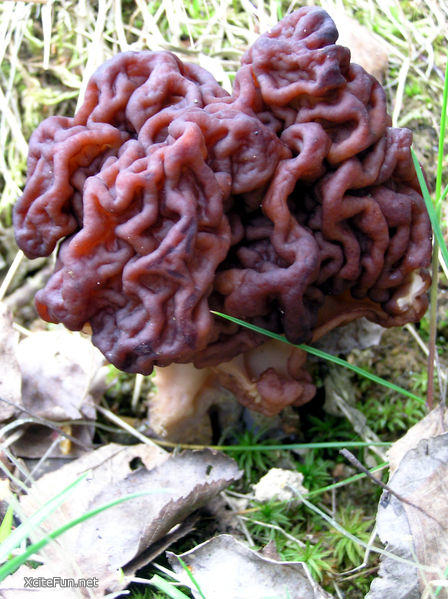The most venomous frogs are the colorful species. Unlike frogs, majority of the most poisonous mushrooms are the dull-colored ones. Mushroom recipes are among my favorite foods. To protect your family, make sure that the mushrooms you pick in your area are the edible one - not the poisonous one because most cases of mushroom poisonings are due to picking of poisonous mushrooms mistaken for edible species.
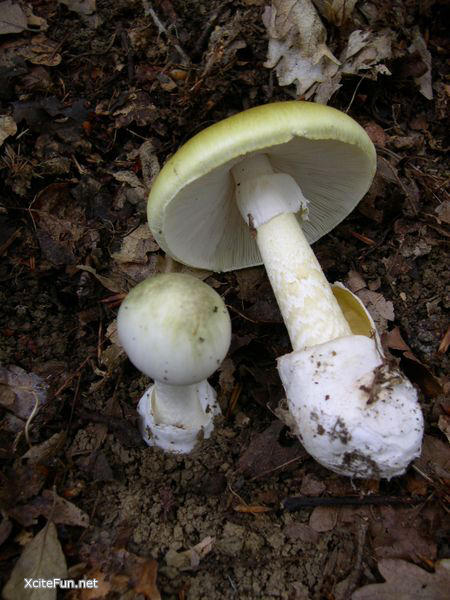
Looks are deceiving. False Morels is beautiful but deadly. This mushroom species seems delicious. Yes it is but it is potentially fatal if eaten raw. It is a popular delicacy in Scandinavia, Eastern Europe, and the upper Great Lakes region of North America. This mushroom's toxin is the gyromitrin and affects the liver, central nervous system and the kidneys. Symptoms of poisoning involve vomiting and diarrhea several hours after consumption, followed by dizziness, lethargy and headache. Severe cases may lead to delirium, coma and death after 5-7 days.

This mushroom contains the highly toxic amatoxins and phallatoxins and has been responsible for a number of mushroom poisonings in western North America. Death Angel, Destroying Angel or more precisely Western North American Destroying Angel is found mostly in the Pacific Northwest and California growing near oak trees. Just half a cap of this mushroom can be enough to kill a human. There is some evidence it may be the most toxic of all the North American phalloideae, as a higher proportion of people consuming it had organ damage and 40% perished. Dogs, too, have been known to consume this fungus in California with fatal results. No definitive antidote for amatoxin poisoning is available, but some specific treatments such as intravenous penicillin have been shown to improve survivability.
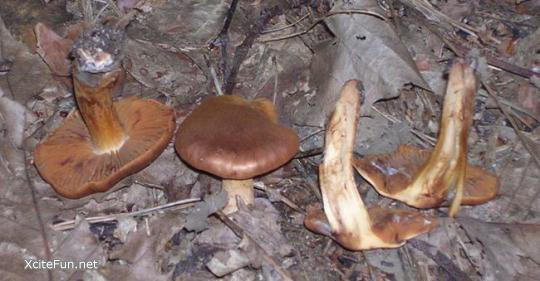
This mushroom is responsible for poisonings in the Pacific Northwest when mistaken for the edible Tricholoma magnivelare. Amanita smithiana is a species of agaric found on soil in coniferous and broadleaved woodland in North America. When consumed, it causes rapid renal failure. Two similar species have been implicated in similar cases of acute renal failure in Spain and in Japan.

This species has been involved in the majority of human deaths from mushroom poisoning. It is a poisonous fungus widely distributed across Europe that resemble several edible species which is the most common cause of accidental human poisoning. The principal toxic constituent is a-amnitin, which damages the liver and kidneys, often fatally. No antidote is known.
Historical figures believed to have died from Death Cap poisoning (or other similar, toxic Amanitas) were Roman Emperor Caludius, Pope Clement VII, Tsaritsa Natalia Naryshkina, and Holy Roman Emperor Charles VI.
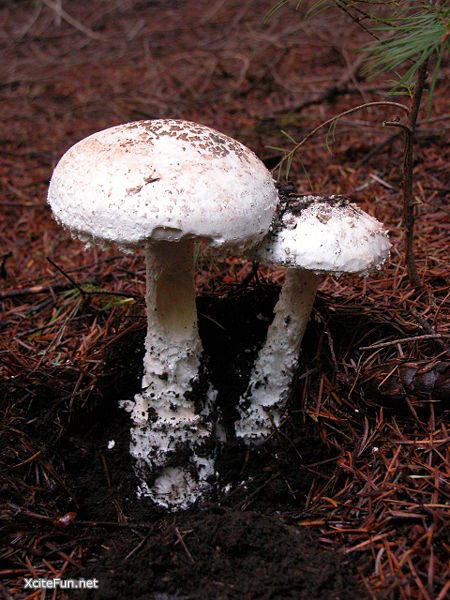
The all-white Destroying Angel contains amatoxins as Death Caps do. It is responsible for the overwhelming majority of deaths due to mushroom poisoning. Symptoms do not appear for 5 to 24 hours, when the toxins may already be absorbed and the damage done. As little as half a mushroom cap can be fatal if not treated quickly enough. The symptoms include vomiting, cramps, delirium, convulsions, and diarrhea.
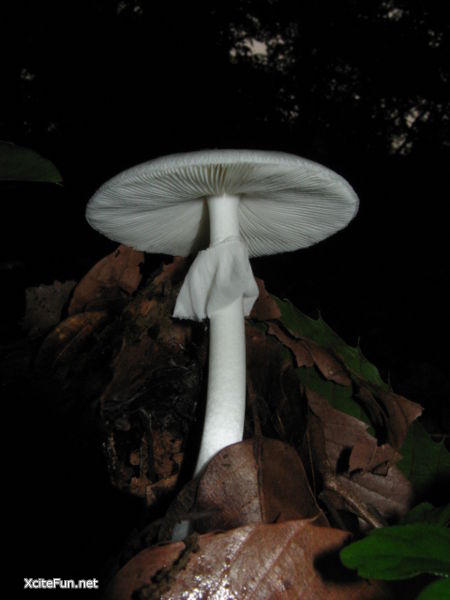
Amanita virosa which is commonly known as the European Destroying Angel is highly toxic, and has been responsible for severe mushroom poisoning. Like the closely related Death Cap, it contains the highly toxic amatoxins and phallotoxins. Immature specimens of resemble several edible species commonly consumed by humans, increasing the risk of accidental poisoning. It is one of the most poisonous of all known toadstools.
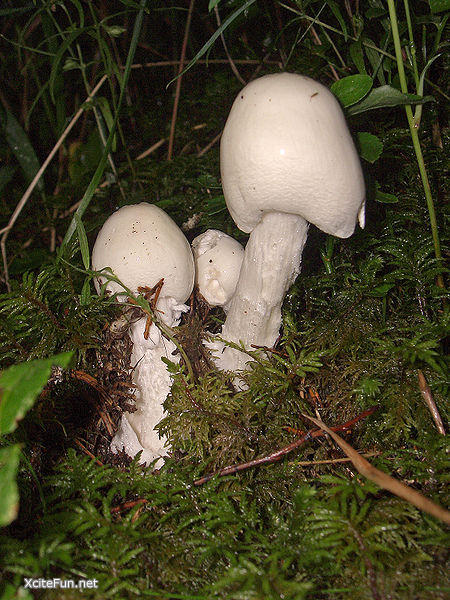
Who will not be captivated and tempted to eat this lovely-looking mushroom? Another deadly all-white mushroom is the Amanita verna of Europe, commonly known as the Fool's Mushroom. Its specific epithet verna is derived from its springtime fruiting habit. Closely related to other deadly pure white amanitas, the Fool's Mushroom is one of the most poisonous mushrooms in the world. Just like the Death Cap, it contains amatoxins, primarily alpha-amanitin, which can cause liver failure.
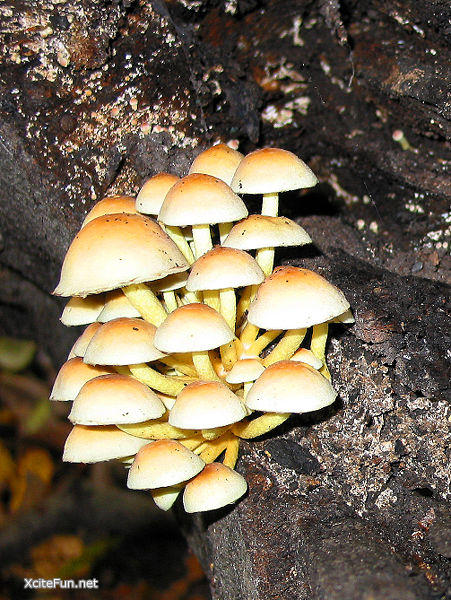
Deadly Webcap common characteristics are quite common, making them difficult to identify, which often leads to fatal poisonings. Young examples of the species often have a veil between the cap of the mushroom and the stem. This species of poisonous mushroom is common in Europe.
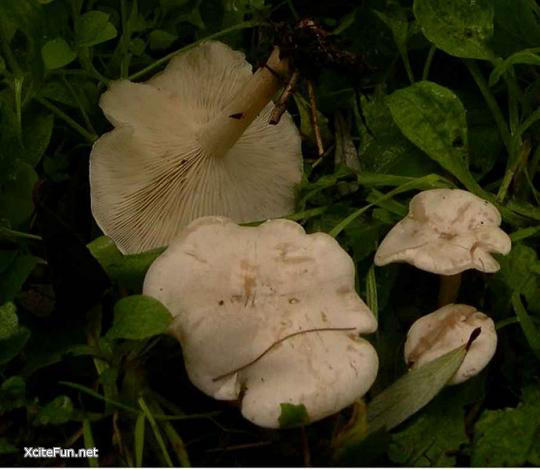
Fool's Webcap appearance is similar to the Deadly Webcap. This mushroom is common in Europe. The Deadly Webcap and the Fool's Webcap both contain the toxin orellanin. A characteristic of orellanin poisoning is the long latency; the first symptoms usually don't appear until 2-3 days after ingestion and can in some cases take as long as 3 weeks. Symptoms include flu, nausea, vomiting, stomach pains headaches and others.
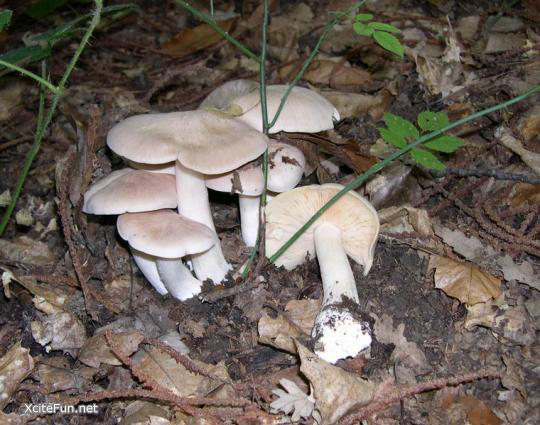
The ivory funnel of Europe and North America is also known as the sweating mushroom, it derives this name from the symptoms of poisoning. It contains potentially deadly levels of muscarine, much higher than the Fly Agaric. Aside from sweating, symptoms include increased salivation, and tear flow within 15-30 minutes of ingestion and followed by abdominal pain, severe nausea, diarrhea, blurred vision, and labored breathing. The specific antidote is atropine
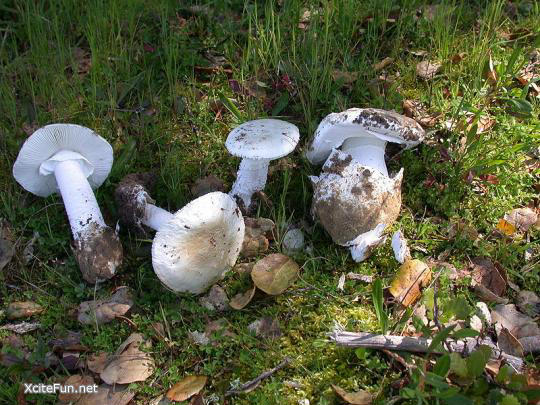
This toxic mushroom is widely distributed and especially common in the Pacific Northwest. It contains the same mycotoxins as the Death Cap. It is also known as Pholiotina filaris. They have been shown to contain amatoxins, which are highly toxic to the liver and are responsible for many deaths by poisoning from mushrooms.
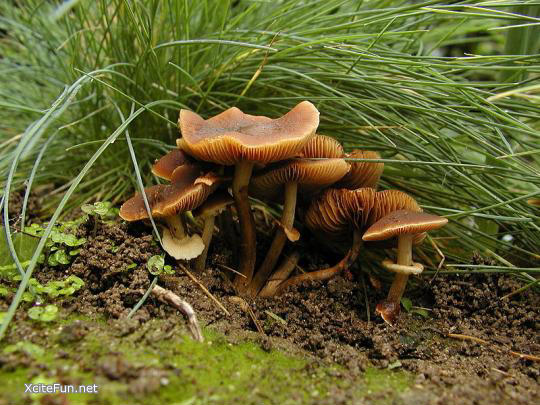
This dangerous mushroom is also commonly known as Sulphur Tuft or Sulfur Tuft. It is bitter and poisonous and can cause vomiting, diarrhea, convulsions and the death case by this mushroom is reported in Japan. Symptoms may be delayed for 5-10 hours after consumption. Paralysis and impaired vision have been recorded. The autopsy of one fatality revealed fulminant hepatitis reminiscent of amatoxin poisoning, along with involvement of kidneys and myocardium.
